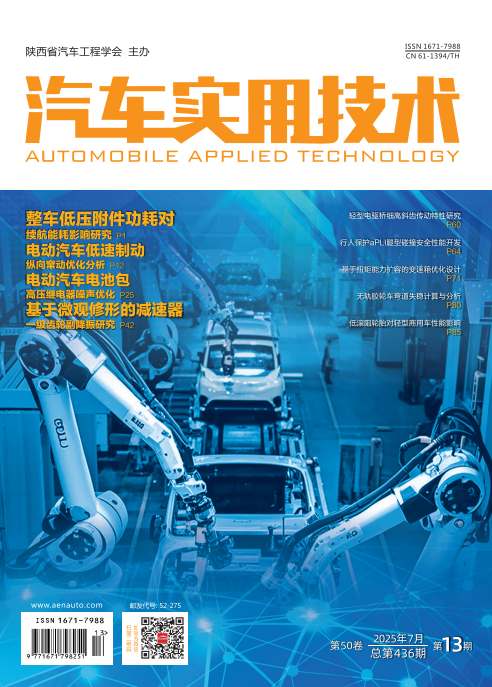|
|
Influence Low Rolling Resistance Tires on the Performance of
Light Commercial Vehicles
LIANG Zhipeng, XU Hongyou, CUI Hongyue, REN Hongfeng, TIAN Shuai, WANG Kun
2025, 50(13):
85-90.
DOI: 10.16638/j.cnki.1671-7988.2025.013.015
In response to the national call for energy conservation and emission reduction, select the
tire specification with the highest frequency of use for light commercial vehicles for low rolling
resistance development. By comparing low rolling resistance tires with regular tires, this study
analyzes the impact of low rolling resistance tires on the performance of light commercial vehicles,
including power, braking, handling stability, smoothness, fuel consumption, wear, and braking
performance on icy and snowy roads. According to the experimental results, reducing the rolling
resistance coefficient of low rolling resistance tires by 21.4% can save about 6.5% of fuel
consumption for the entire vehicle. At the same time, low rolling resistance tires can meet the
vehicle's requirements for power, braking, handling stability, smoothness, fuel consumption, wear,
and braking performance on icy and snowy roads. This provides a basis for the application of low
rolling resistance tires in light commercial vehicles.
References |
Related Articles |
Metrics
|

